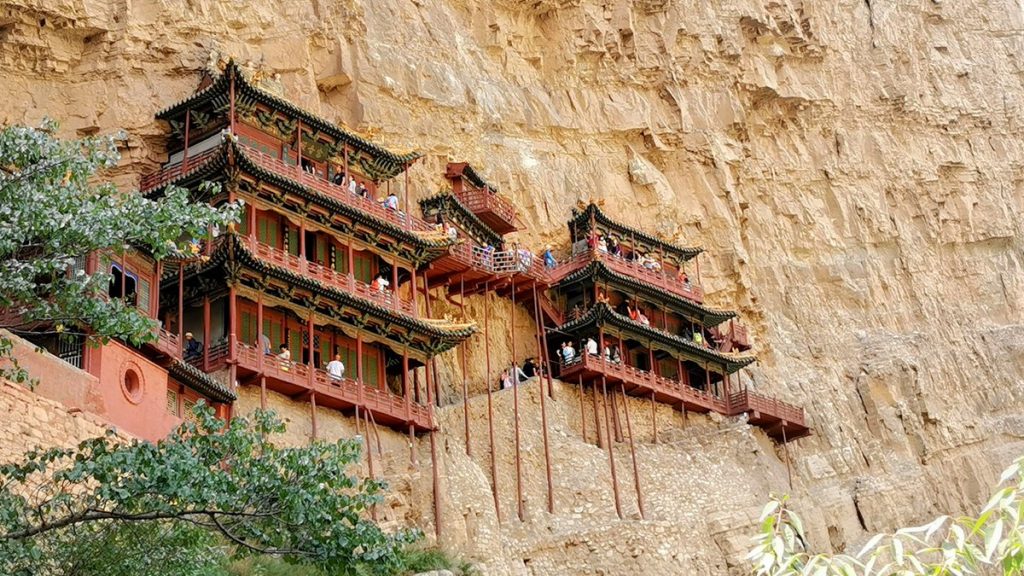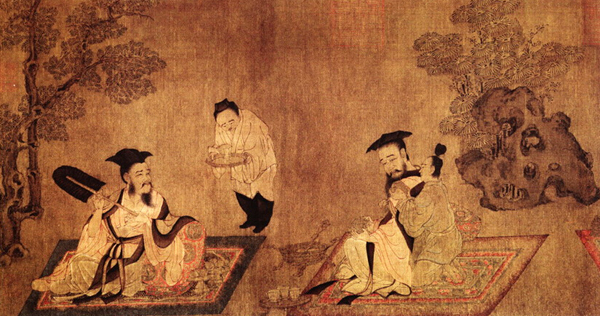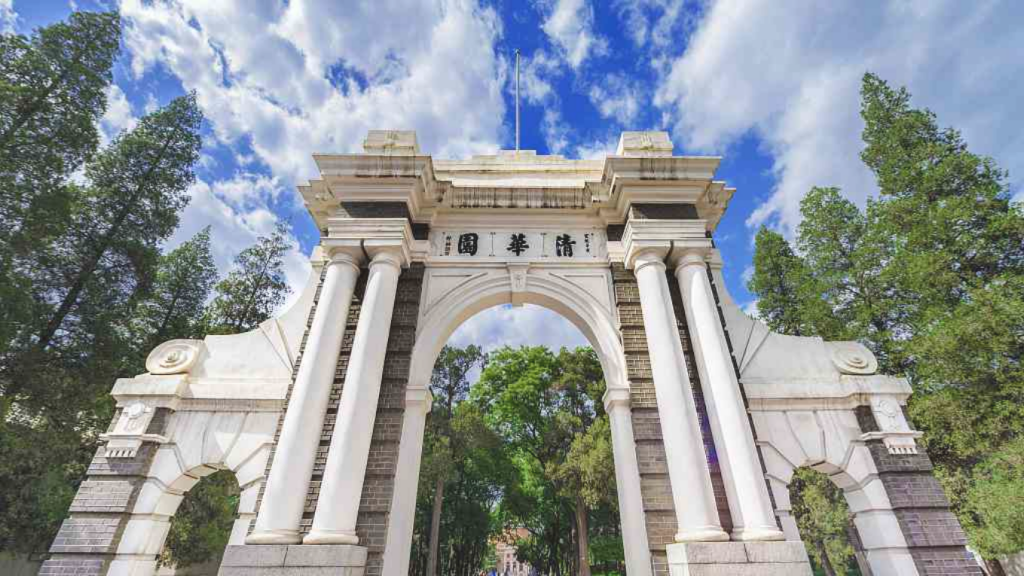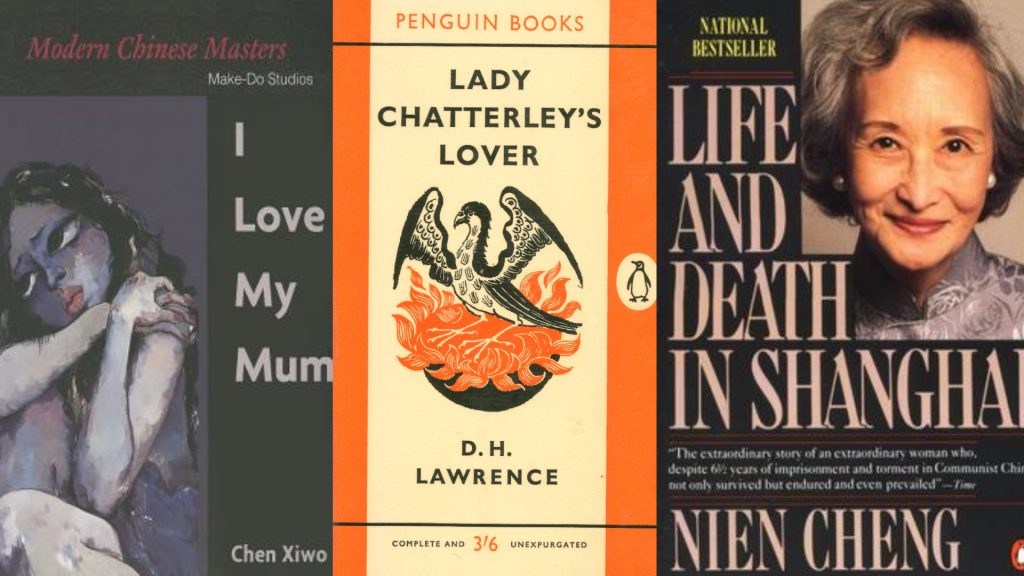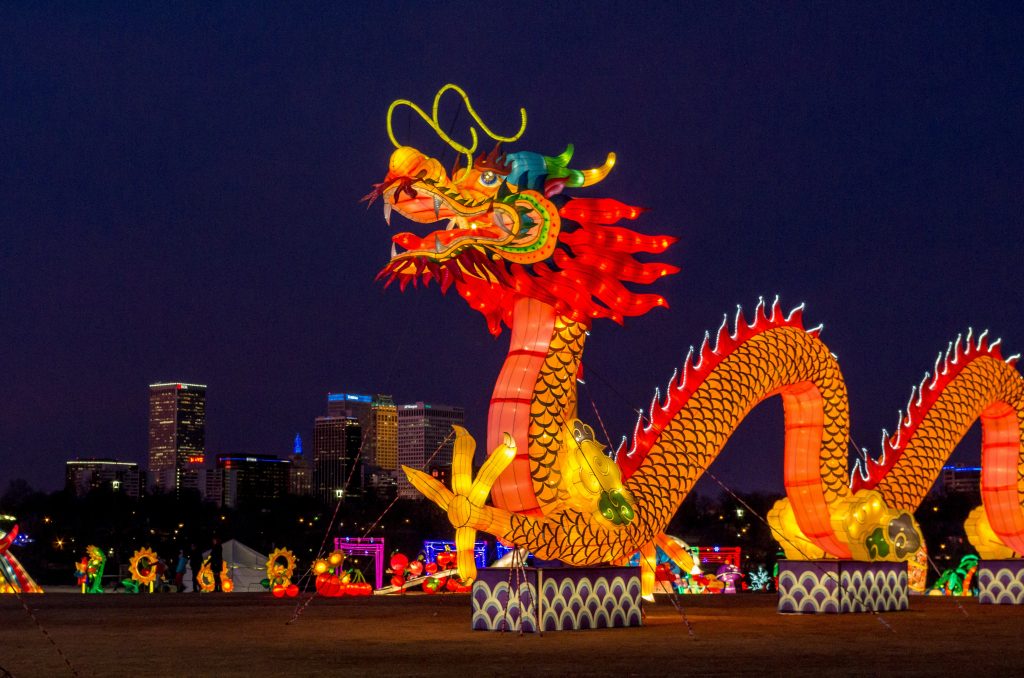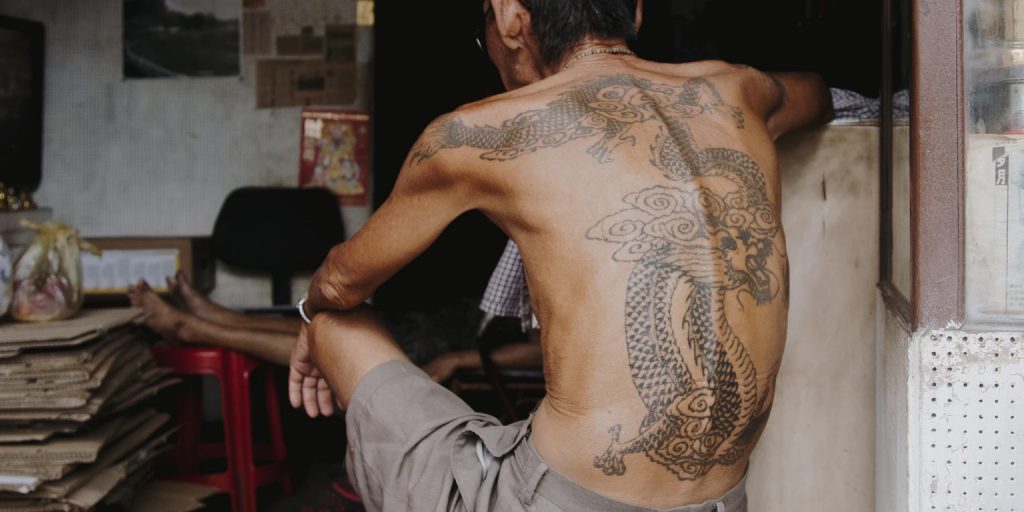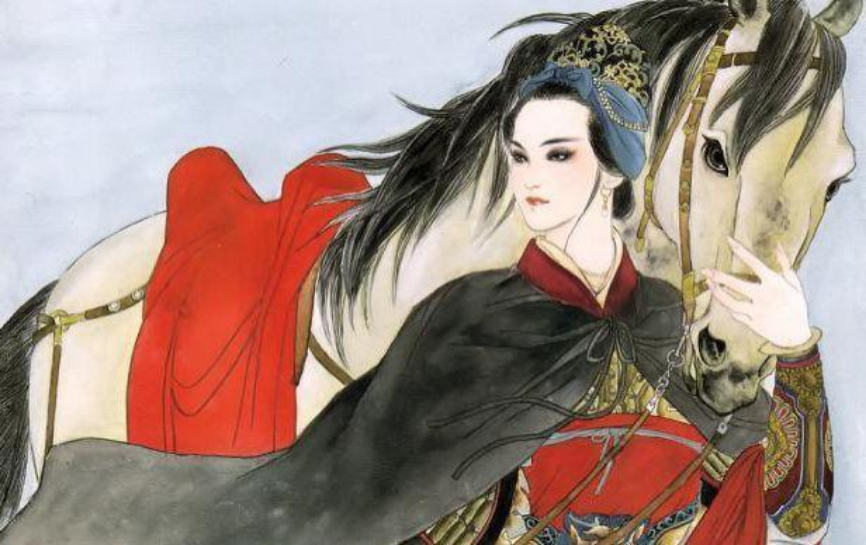The Extensive Travels of Marco Polo in 13th Century China
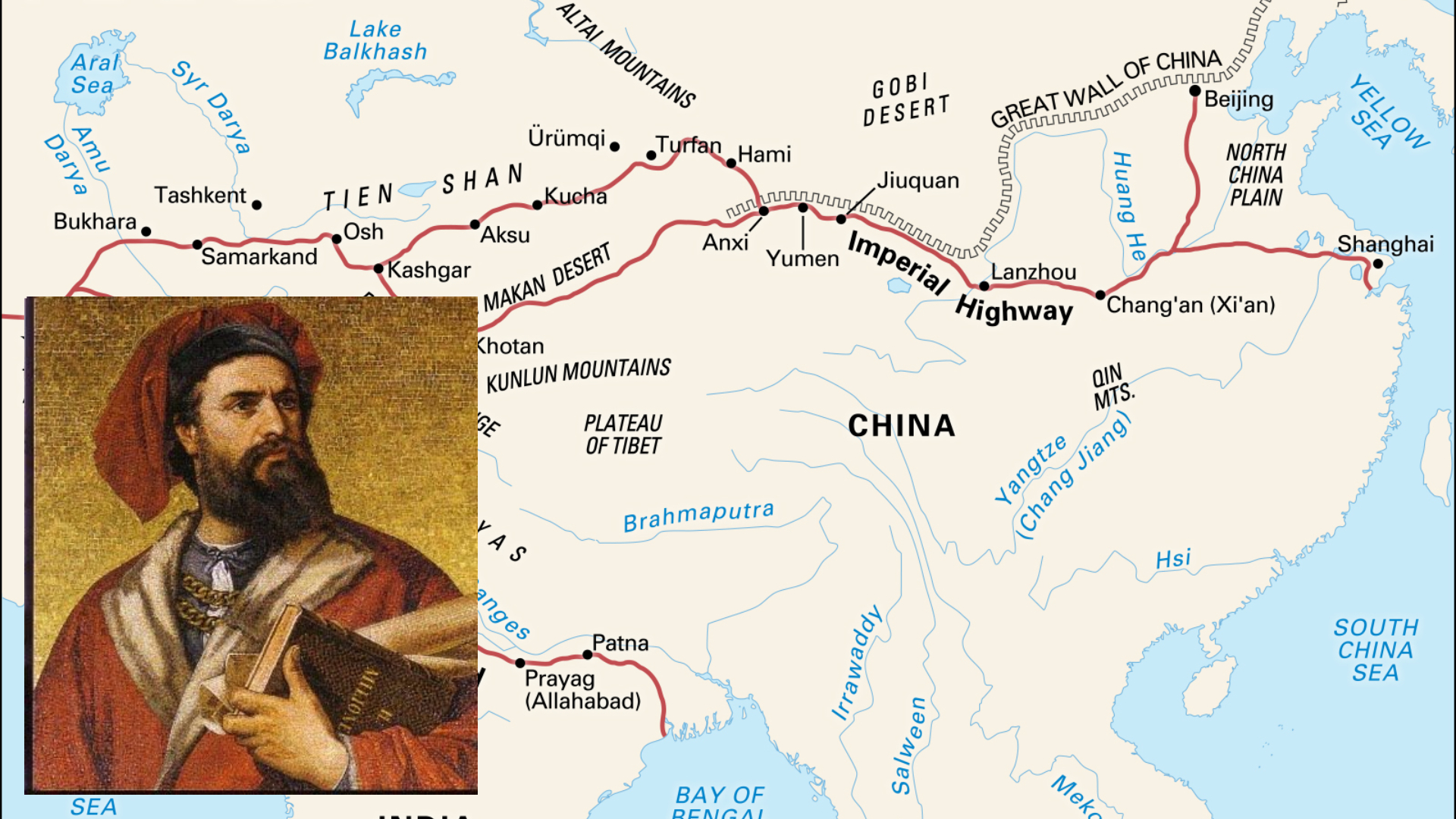
Just hearing about the stories of his father and uncle’s trip to China, Marco Polo was captivated and had the burning desire to journey to the country himself and experience it first hand. In doing so, his trip became the most renowned Western travel of China during ancient times.
Marco Polo was an Italian traveler who visited many destinations in China, which are now famous tourist destinations. Some of these are Beijing, Xi’an, and Hangzhou. He eventually wrote a book about his travels to China, which made Europeans curious and inspired them to visit China due to Polo’s description of the country’s prosperity, culture, architecture, and beauty.
Here are the magnificent places in China that Polo visited:
1. The Silk Road
As a child, Marco Polo spent four years marching along The Silk Road with his father and uncle. The said road is widely known to be a combination of routes that link China to Central Asia during ancient times. It paved the way for international connections and opportunities for the cultural, commercial, and technological exchange to happen between the East and West.
Just along this ancient route, numerous famous Chinese ruins, architecture, Buddist temples, tombs, and Mogao Grottoes, also known as the Caves of the Thousand Buddhas, stood and captured the young Polo’s heart. One of the most notable attractions was the Grand Buddha Temple in Zhangye which was considered a significant city on the Silk Road at the time.
2. Xi’an
Xi’an, the eastern starting point of the Silk Road, is known to have old architecture such as the Great Mosque and Shanxi Provincial Museum which has 370,000 relics including bronzes, Terra Cotta figures, gold, and silverware.
3. Shangdou
In Inner Mongolia, Shangdou or Xanadu, was the summer capital of Kublai Kahn’s Yuan Dynasty. Polo also saw the Court City in this area, along with the Imperial City and the Outer City, with its watchtowers and famous buildings, such as the Crystal Palace and Great Joy Palace.
In order for palaces to be transported easily in pieces when the Emperor of China wanted to move, Kublai Khan’s palace in Xanadu was made of cane that is supported by 200 silk cords. The marble palace had its walls painted with figures of men and beast, and based on Polo’s details of the paintings were “attractive and astonishing.”
4. Beijing
Did you know that Beijing was previously called Cambaluc or Shanbalig? It was even considered the city of Khan during ancient times and the most magnificent of all, at that. It was said to have been built because astrologers at the time predicted that a rebellion would happen in the old city from which it stands.
According to Polo, Khan’s palace in Beijing was the best one. The Beijing palace was covered in pure gold and silver. By Polo’s estimation, its large hall could accommodate 6,000 people Some have claimed that the palace might have been built underneath the Forbidden City, which they consider to be a divine place.
Having seen the number of Nestorians, which was a type of Christianity at that time, Polo wrote about their presence in Beijing. Upon returning and hearing his stories, European Catholic priests then sent missionaries to Beijing and they eventually set the foundation for the Catholic church and Christianity in China, building churches and sharing the religion. But it wasn’t long before they were expelled by Ming armies during the Ming Dynasty.
In addition, a bridge was named after the Italian explorer. The Marco Polo Bridge is found by the Youngding River in Beijing. It is said to be the oldest existing multi-arched stone bridge in the area.
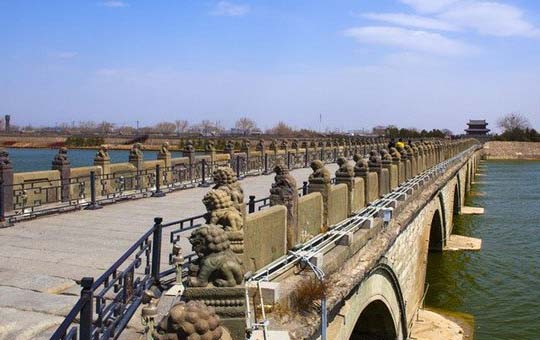
Marco Polo Bridge. Photo courtesy of The China Guide.
5. Yangzhou
In Yangzhou City, Marco Polo was appointed by Khan as an official of the Privy Council. Polo was a tax inspector for three years in the said area. He also visited Karakorum and a part of Siberia during his stay.
Yangzhou City is known for its famous water towns that are south of the Yangtze River. Gardens found in the area, such as the Heyuan Garden and Geyuan Garden, reflect the typical Chinese garden architecture which was admired by Polo.
6. Hangzhou
Polo then visited Hangzhou, which he referred to as “beyond dispute, the finest and the noblest in the world” in the late 13th century. In Hangzhou, Polo enjoyed visiting West Lake, Lingyin Temple, Song Dynasty Town, and the Hangzhou National Silk Museum.
7. Quanzhou
Rich in its culture and ancient architecture, Quanzhou marked Polo’s last destination on his journey. At the time, he was escorting the Mongol princess bride Kököchin who was to marry Persian Ilkhanate.
Quanzhou is known for the Quanzhou Maritime Museum, Qingjing Mosque, Heavenly Empress Palace, Luoyang Bridge, and Kaiyuan Temple.
Love traveling? If ever you find yourself in Cebu, here are the historical landmarks to visit.




